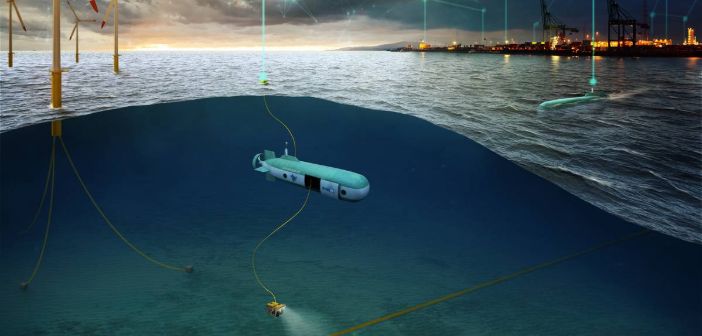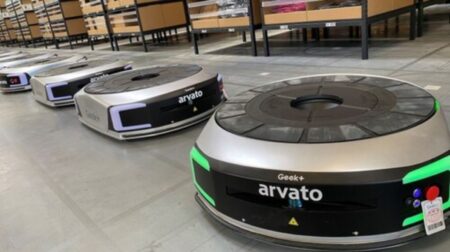Aberdeen-based technology developer HonuWorx and Offshore Renewable Energy (ORE) Catapult are set to demonstrate a concept for a submersible mothership that aims to make subsea robotics a sustainable and cost-effective solution for offshore wind farms.
The project, funded by Innovate UK, will develop Ridley, a submersible platform that can transport large robots and remote operated vehicles (ROVs) to offshore sites and release them directly under the water.
Findings from the project will inform HonuWorx’ roadmap towards its Loggerhead concept, which will utilise an autonomous mothership as a mobile power and communications hub for ROVs and autonomous underwater vehicles.
The concept is being highlighted by ORE Catapult as one that can resolve the remaining barriers to adoption of subsea robotics by the offshore wind industry in terms of cost, carbon footprint, battery life at sea and digital connectivity.
“The offshore wind industry recognises that robotics and automation are key technologies to ensure decades of continued growth for the sector: sending people to ever more remote and deep-water sites will become progressively more difficult and expensive,” says Ben George, general manager of ORE Catapult’s Operations & Maintenance Centre of Excellence.
“Cost reduction, safety improvement and operational integration: those three challenges are driving technology development in offshore wind operations and maintenance. That’s why this project is so significant: it addresses those factors head on, while also aligning with our own priorities around accelerating robotic, sustainable and smart technologies in the sector.”
While ROVs exist for offshore wind farm inspections, they rarely achieve more than 50% of their annual utilisation, according to the team. This is due to the need for large, crewed, diesel-powered vessels for transportation, resulting in a 21-day inspection mission costing up to £1.5m and emitting more than 500 tonnes of carbon dioxide.
The team believe by transporting the ROVs in a lightweight, autonomous submersible, much of this financial and environmental cost can be eliminated. Once at site, the platform submerges to deploy subsea robots without the need for crane drops, which means deployment is possible in rough weather and stress on the robot’s sensors and tooling is reduced.
A further step will be the coupling of automation software for coordinating multiple platforms with communications technologies that can utilise satellite, 4G and 5G as best suits each location at sea. HonuWorx Distributed Control Centres will allow for remote supervision from shore, while equipping the mothership with charging points will resolve many of the battery life issues that restrict the use of ROVs at sea.









